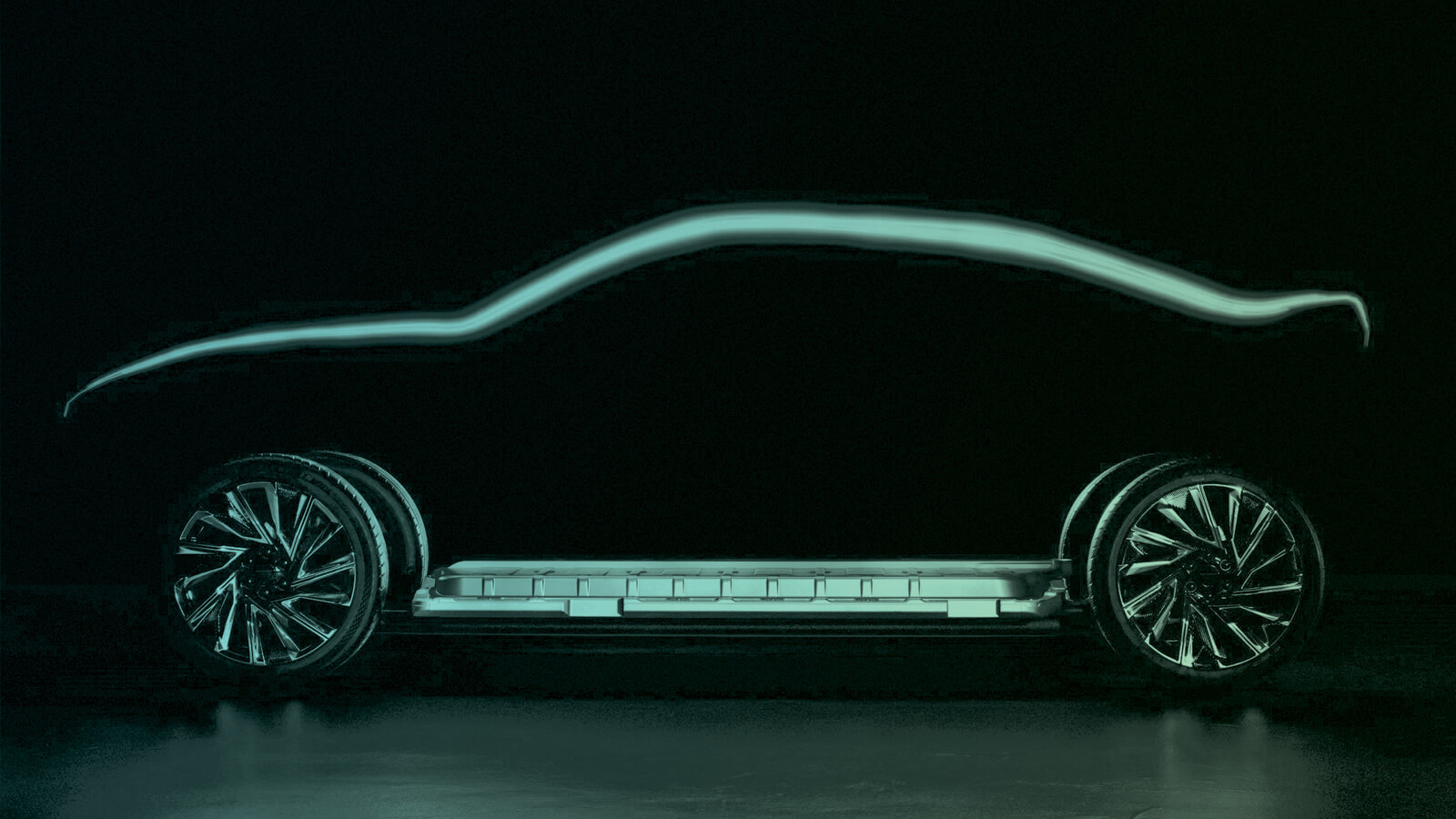TLDR of the video
1. Over 90% of all consumer electronic batteries are not recycled
2. A few hundred iphone has enough cobalt for one tesla model 3.
3. Everyone announcing these aspirational plans on making EVs did not do the math because the supply chain is not there, more notability the mines
4. It takes 8 years to go from discovery to volume production from an individual mine
5. Recycling consumer electronics that end up in landfills or someone's garage is the lowest hanging fruit and we should have a call to arm
6. Solid state batteries from QS is not going to be in a 2023 year model or anything, still "few years away". Technology is amazing, however manufacturing is the major issue.
7. After the Model S launched, JB and Elon thought every car company will try to copy it immediately and they thought they need to carve out a niche market but this did not happen. <--- This right here is why Tesla is the biggest company by market cap in the sector today. So it seemed that Tesla have changed their business plans due to the critics, the skeptics, and the lack of movement from legacy auto. Their intention was never to be to where they are today, but other's inaction forced their hands.





